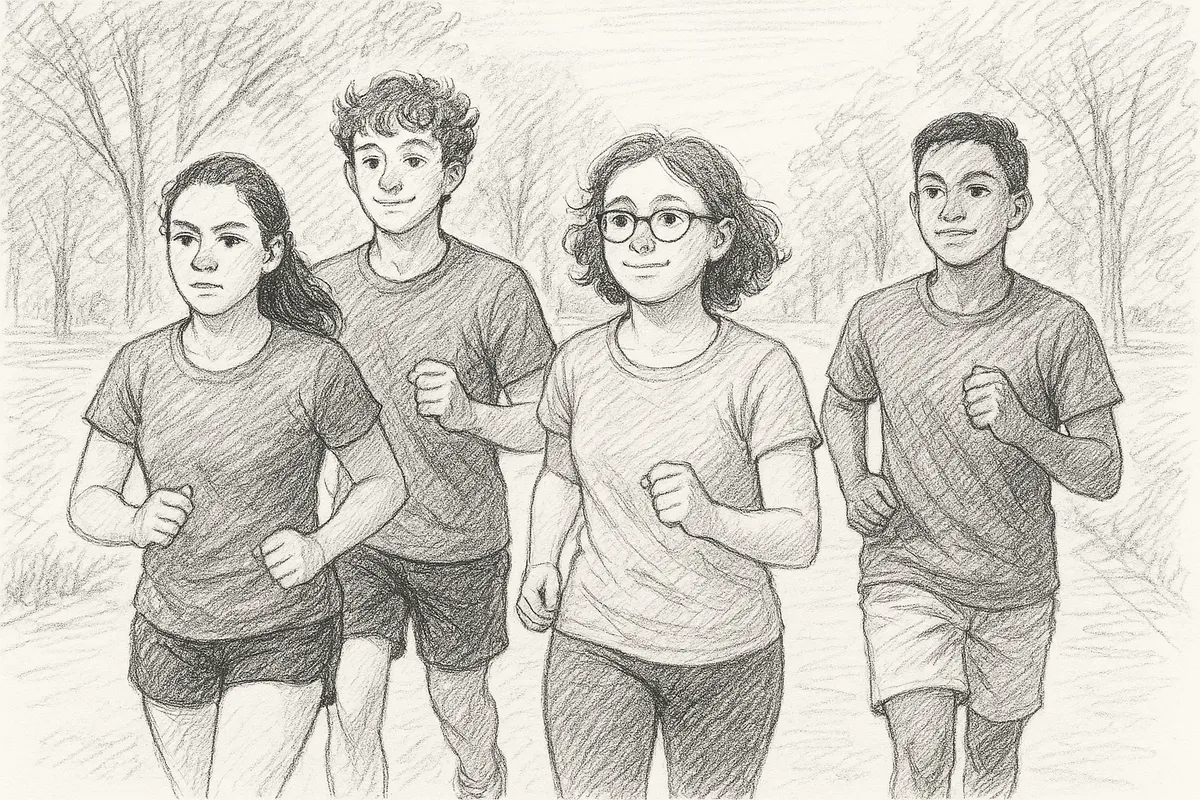What Exercise Can — and Can’t — Do for Autistic Teens
 Response to: Can exercise provide a boost for brain and body in teens with autism?
Response to: Can exercise provide a boost for brain and body in teens with autism?

Let’s start with this: it’s refreshing to read an autism research story that doesn’t open with the word burden.
The UCHealth article reporting on a new study out of the University of Colorado School of Medicine does something rare in autism coverage: it explores a clinical intervention without implying that autism is a tragedy. That alone sets it apart.
The research, led by postdoctoral fellow Kelly Cosgrove under the mentorship of Drs. Judy Reaven and Kristina Legget, investigates whether regular aerobic exercise can measurably shift brain activity and inflammation markers in autistic teens. Participants wore Fitbits and tracked self-selected physical activity — like running, biking or brisk walking — for 30 minutes, three times a week, over a 10-week period.
Importantly, the researchers don’t frame autism as something to be cured. Their focus is on supporting autistic teens’ well-being by exploring biological outcomes of movement — not on erasing traits or enforcing compliance.
And for that, we say: thank you.
But even well-meaning studies deserve deeper questions. Especially when the goal is to support — not suppress.
Support ≠ Suppression
Too often, interventions for autistic people are measured by how much they minimize our traits, not how much they increase our quality of life. This study doesn’t overtly fall into that trap. It looks at neurobiological markers — changes in the brain’s default mode network, shifts in inflammatory proteins — which can sometimes signal stress or wellness in ways we don’t yet fully understand.
But there’s a gap. The article doesn’t mention asking teens how they felt. There are no quotes from participants. No exploration of how the activity affected their sleep, emotional regulation or sensory experience. No autistic co-authors or advisors are credited.
So while the study’s goals are framed with care, the absence of lived perspective raises a familiar concern: are the right outcomes being measured?
The Body Is Not the Problem
Let’s also be clear: autistic movement is often pathologized. From fidgeting to pacing to stimming, our bodies are scrutinized more than supported. So when research centers physical activity, we have to ask: who defines the “right” kind of movement? Who benefits when our bodies are trained for output instead of understanding?
To their credit, this team doesn’t impose compliance frameworks or rely on behavioral metrics. But we still don’t know: did teens enjoy the process? Did they feel more regulated — or just more observed?
A Fitbit can track heart rate. But it can’t track dignity.
A Gentle Nudge to Researchers
We’re not here to tear down thoughtful work. This study is careful. Cautious. Grounded in a respect that’s far too rare in clinical autism research.
But respect without inclusion still leaves gaps.
So here’s the invitation:
- Next time, quote the teens
- Include autistic co-investigators in the design
- Ask whether the outcomes being measured align with what participants actually want from support
Because sometimes, the difference between regulation and erasure is just one missing voice.
Final Thought
Exercise isn’t a magic bullet. But for some autistic teens, it might be a doorway — into deeper calm, better sleep or even a rare moment of joy in their own skin.
Let’s study that. Let’s support that.
But let’s also make sure the story we’re telling isn’t just about bodies moving — it’s about people being heard.